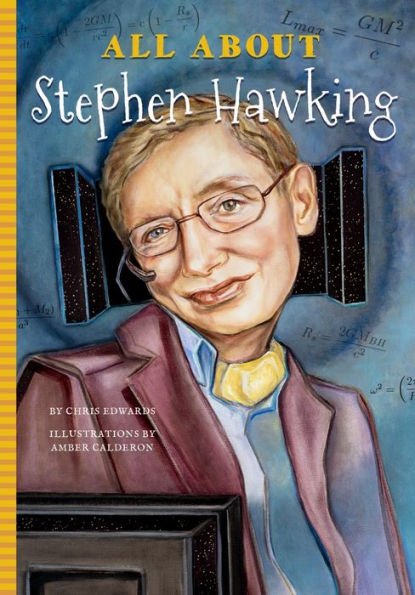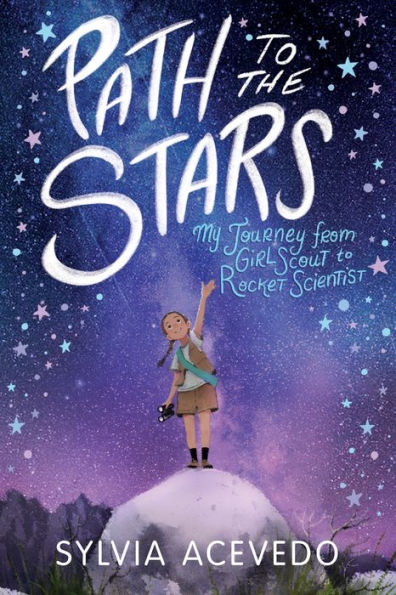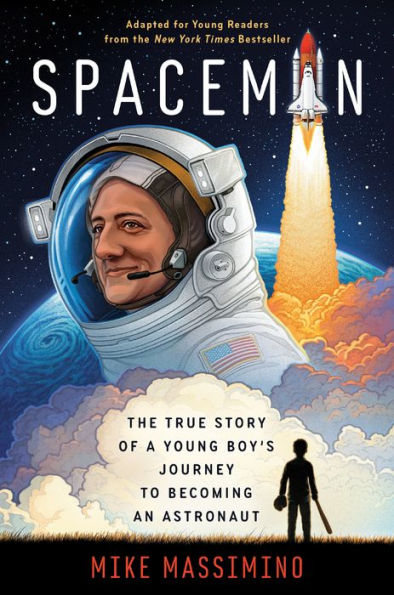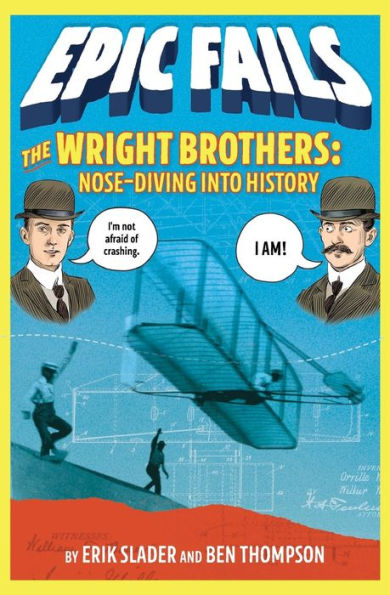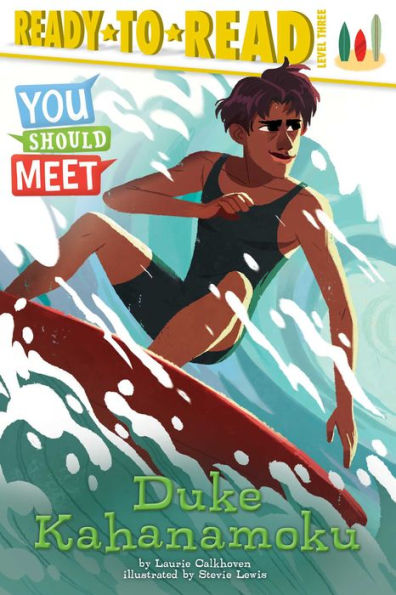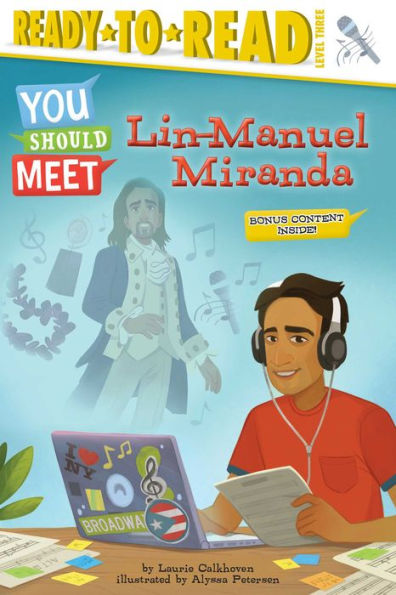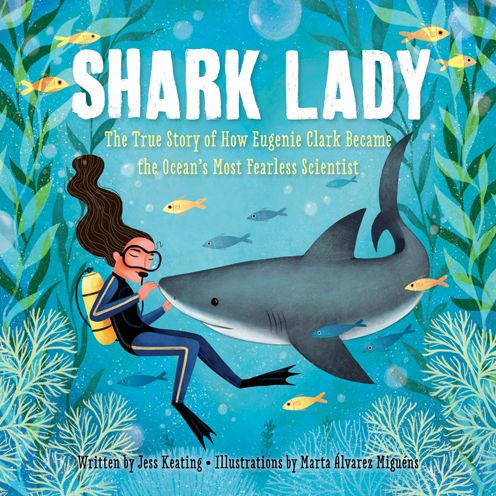From an early age, Stephen Hawkings dreamed of making the study of the universe accessible to everyone. Diagnosed with ALS at the age of twenty-one, he overcame the challenges of ALS to become an expert on black holes and the origin of the universe.
Stephen realized his boyhood dream of educating people about the universe. While his disease broke down his body, Hawkings’ mind remained strong. He advanced our knowledge of black holes by discovering Hawking radiation, the energy emitted by black holes. Speaking through a computer, Hawkings continued trying to help people understand the universe around them. Stephen has also dedicated his life to several causes such as making buildings accessible to wheelchairs.
All About Stephen Hawkings begins with how Stephen’s parents met and how World War II affected their lives. The story takes a winding road that often quickly switches topics, and includes Stephen’s personal life, his goals, his accomplishments, and information on his wife, Jane. The many topics covered in the story may cause some confusion.
Stephen’s story comes alive both through the text as well as black and white illustrations. The simple illustrations appear every one to three pages. Both the oversized text and the frequent illustrations will appeal to readers. The text explains the meaning of some of the more difficult vocabulary words and there is also a glossary of terms at the end of the book. It also contains a timeline of both Stephen’s life and of world events.
All About Stephen Hawkings would be a great book to use for research about Stephen Hawkings’ life. Anyone who is interested in science will also enjoy the book. The quickly changing topics and the difficult vocabulary make the book best for strong readers. All About Stephen Hawkings will encourage readers to follow their dreams.
Sexual Content
- None
Violence
- At one point, some people thought that “Stephen’s wife, Elaine, was hurting Stephen.” One of Stephen’s children called the police. “The police asked Stephen’s nurses how he was getting hurt. . . [Elaine] was accused of breaking one of the bones in his arm, cutting him on the cheek, and leaving him out in the hot sun for so long that he got heat stroke and a sunburn.”
Drugs and Alcohol
- None
Language
- None
Supernatural
- None
Spiritual Content
- The book occasionally mentions someone going to church. For example, Stephen’s wife “continued to go to church on Sundays, though Stephen wouldn’t go with her.”
